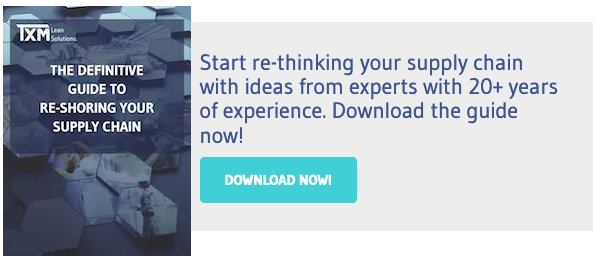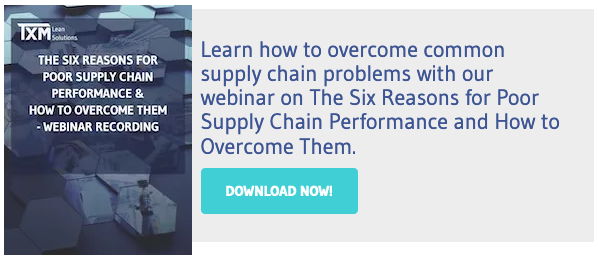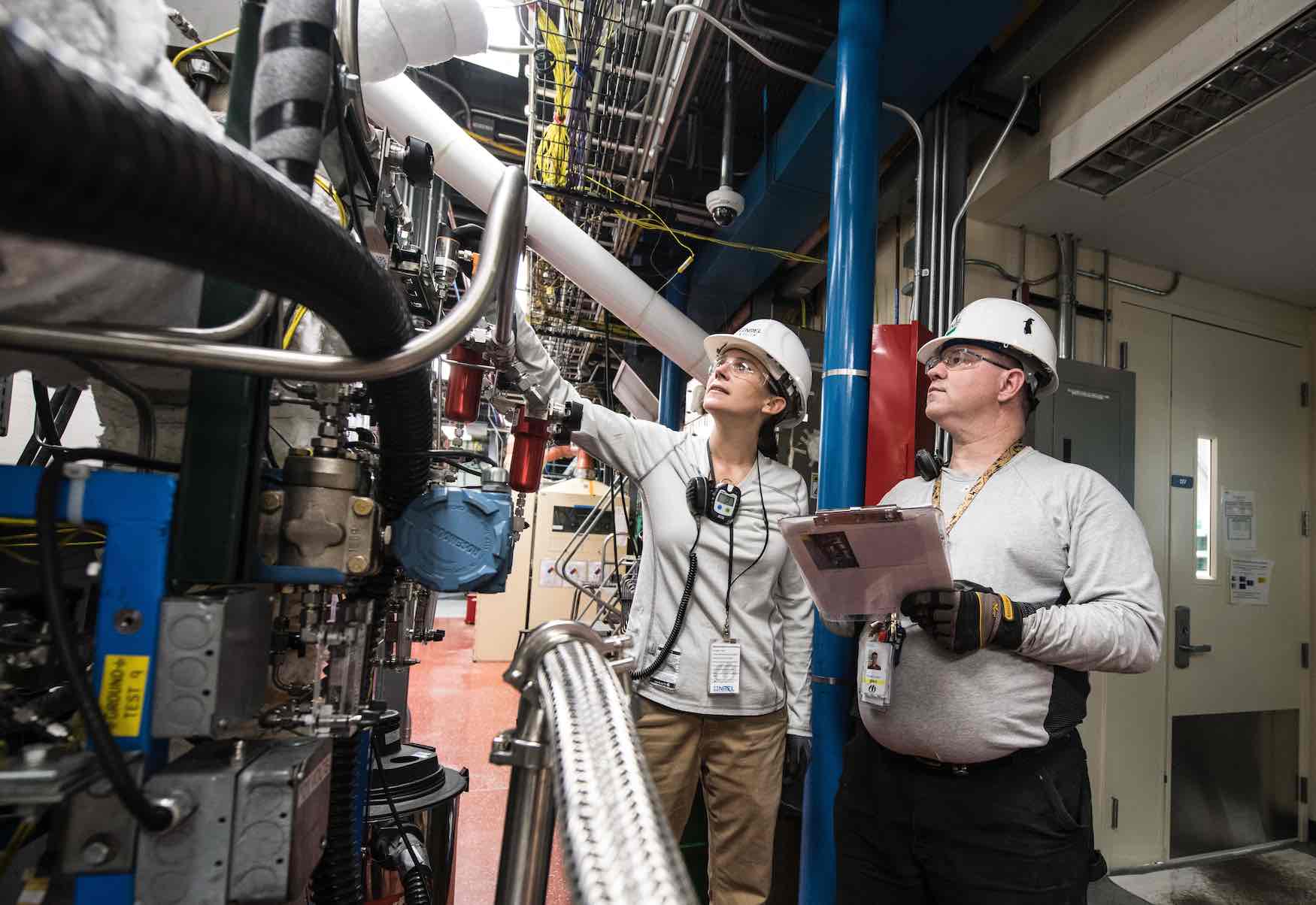The Top 6 Ways to Build Supply Chain Resilience
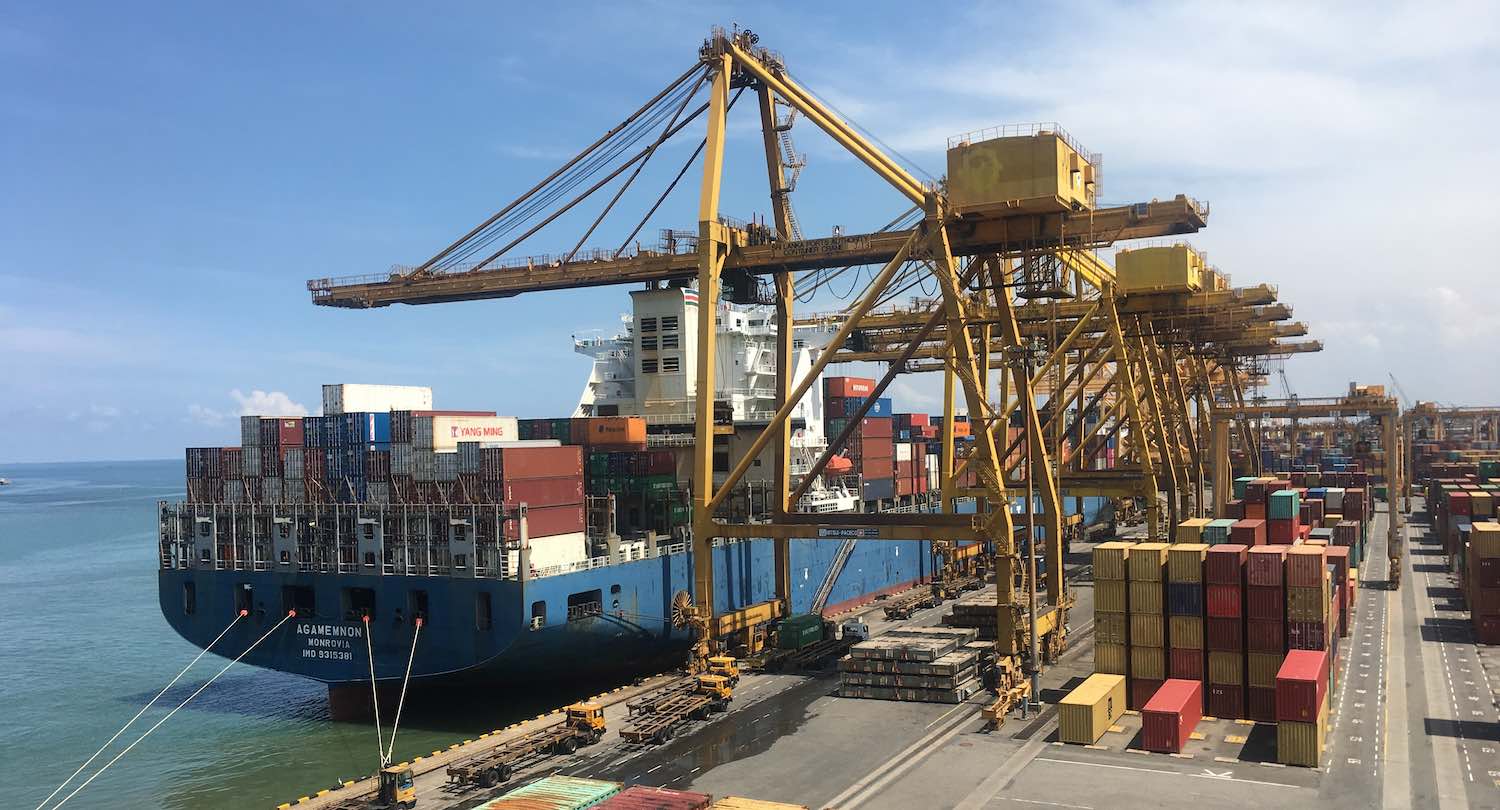
The threat of disruption to your business is higher than ever. Globalisation, Pandemics, Financial Crisis or trade disputes can all play a major role in disrupting your business and future profitability. A recent study by Global Consultants, McKinsey, estimated that on average supply chains faced a major disruptive event every 3.7 years and it is getting worse.
Global factors such as climate change, trade wars and increasing political instability is increasing the risk of major supply chain disruption. This risk has been amplified by outsourcing over the past 20 years where the share of trade conducted with companies in the bottom half of World Bank global stability rankings has increased from 16% to 29% over the past 20 years. We are operating longer, more complex and less transparent supply chain and relying more and more on less reliable supply partners.
Mitigating these disruptions and risks should become a major priority for your business. First you need to understand where the risks in your supply chain are and how to identify them. There are three major categories for identifying risks which make it easy to pinpoint the risks in your own supply chain.
TXM Article: What is Lean Supply Chain Management
Types of Supply Chain Risks

You can categorise supply chain risks into three categories:
External Risks – Sometimes these can be hard to predict or prepare for External risks include geopolitical changes, terrorism, climate change, pandemics and even major geophysical events, like volcanic eruptions or Metroid strikes.
Supply Chain Risks – You have much greater control at mitigating risks in this category because they are usually things you can control such as supplier issues, transportation challenges, long lead times and supply chain costs.
Business-Specific Risks – As the title implies these are risks generated from with your business. Business-specific risks can take the form of single sourcing issues, forecasting errors, poor systems design and payment issues.
Once you have identified and categorised the risks to your supply chain you can start to think about strategies and tactics to build your supply chain resilience.
6 Ways to Build Supply Chain Resilience
There are a wide variety of ways you can build supply chain resilience including the six major ways you should considered:
Inventory Management and Controls
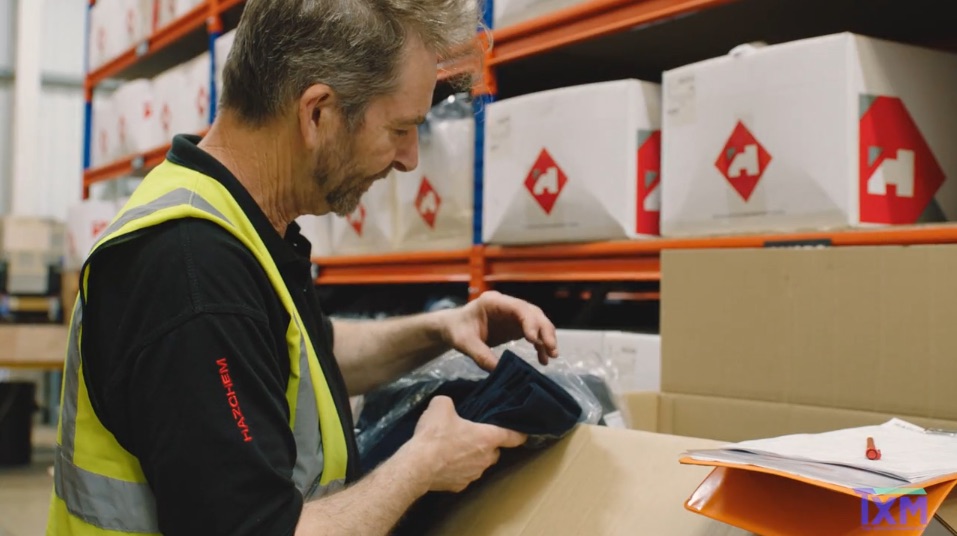
Inventory management is one of the biggest costs in a business and often the largest commitment of cash is inventory. In Lean thinking, all inventory is also waste. So, what is the right level of inventory for your business? Unless your customers demand is constant every day of the year or your supply chain has infinite capacity, you will need some inventory somewhere in the chain. In an ideal world, your average inventory will be equal to your safety stock plus half of your replenishment quantity. While “just in time” is a laudable goal, where businesses rely on extended and risky supply chains, strategic “just in case” inventory can also be worth considering.
TXM Article: Lean Inventory Management – Understand It Before You Try to Slash It!
Diversification of Manufacturing Sources
The changing nature of the global economy means that traditionally low-cost countries like China are becoming more expensive. This is leading to more businesses looking to bringing manufacturing closer to their base of operations or looking to lower cost alternatives like Mexico, India and Vietnam. Disruptions to supply chains have risen in recent times meaning the diversification of your manufacturing network is being seen as a cost of doing business rather than a waste.
Diversifying where you source of supply can protect your business if a key source country or region faces major disruption. For example, the 2011 Tsunami and resulting Fukushima nuclear disaster disrupted major automotive supply chains stopping assembly lines around the world, while a few months later flooding in Thailand hit factories producing around 25% of the world’s computer hard drives.
TXM Article: The Six Steps to Bring Production Back Home
Multi-Sourcing
Sourcing materials and components via one source country has exposed businesses to a multitude of issues from not being able to receive components at the correct times or problems that are unmanageable like natural disasters, losing shipping containers or wars. This has shown the need for business to diversify the sources from where they supply raw materials or components.
Sourcing from multiple countries or supplies will mean there is less chance for you to run into supply issues in the future barring a catastrophic event. There is a cost for multi-sourcing and it is rarely sufficient to simply qualify alternative suppliers. Unless the alternative supplier is receiving regular orders, it is unlikely they will support you in a crisis. However having a proven alternative source can be a powerful risk mitigation strategy.
On-shoring
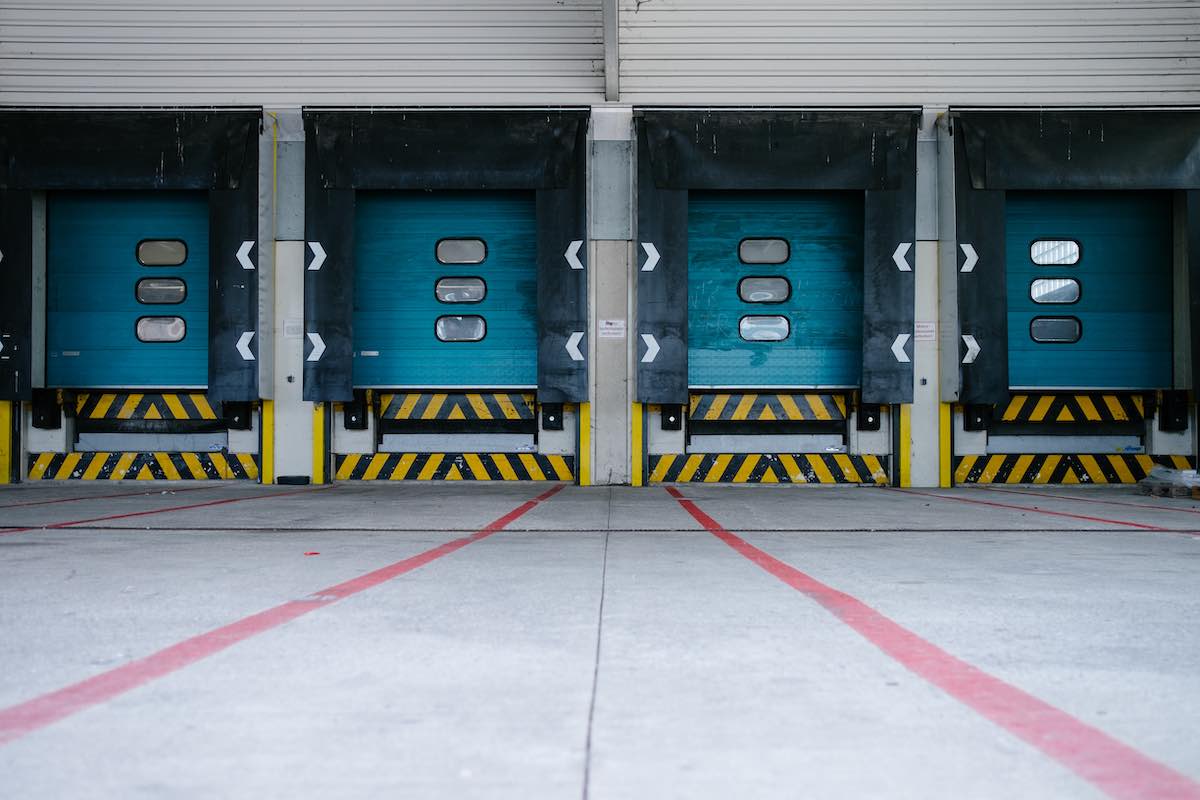
Unlike multi-sourcing which looks for alternative countries or manufacturers to supply your business, on-shoring is another option to consider when re-evaluating your supply chains. Local supply chains can be more expensive depending on the country you reside in and with greater complexity than single origin manufacturers. The advantage of on-shoring is you will have greater control over your inventory and products are moved closer to the end consumer for greater agility to market demands.
Despite the high labour content in clothing and footwear, this industry has been a leader in on-shoring as the shorter lead times for development and supply enable companies like Zara to respond to customer trends in lightening quick time. As well the need to discount unsold stock is reduced often, offsetting the additional labour costs in manufacturing the garments.
TXM Article: Is It Time to Get Out of China?
Standardisation of Production & Product
Building supply chain resilience can be achieved by standardising your products and processes across not only your supply chain but manufacturing as well. Standardising components across a range of products will bring greater efficiency. Automotive companies are a prime example of standardisation. One car platform can serve as the basis for several different models and even across different brands. The VW golf platform is used for the Audi TT with some obvious aesthetical changes and Toyota and Ford have been successful in rolling out global platforms such as the Camry, Corolla and Focus.
However, while this enables the risk to the final manufacture of the product to be spread over multiple locations, it also creates a risk in the supply chain. When every factory is producing a single model, there is a strong temptation to gain economies of scale by centralising the manufacture of common components. This should be avoided as it risks disrupting global production of the model. Most major OEMs now require key suppliers to submit disaster recovery plans, showing how they can maintain continuity of supply should major supply chain disruption occur. The wash up of the Covid 19 will show how seriously this has been taken and how effective it has been. There is certainly a powerful purchasing incentive to centralise all supply with the single lowest cost source of a commodity.
TXM Article: Achieving Perfect Delivery With a Lean Supply Chain
Supply Partnerships
Partnering with supplies can also allow greater synergy between your supply chain and manufacturing. Service level agreements can be put in place to achieve this. A simple service level agreement outlines the agreed rules that you will do business with your supplier. Service Level Agreements often do not specify a minimum purchase quantity, nor do they usually provide the supplier with exclusive rights to your business. However, they clearly signal to your supplier your intention to deal with them over the life of the agreement. This then enables the supplier to plan their business and resources to meet your needs.
Summary
Your supply chain is a complex undertaking that needs extra consideration and care if you are to get the most from your manufacturing, suppliers and stakeholders. There are inherent risks associated with every type of supply chain model. It is your job as business leaders to understand the risks and put in place robust measures that will allow for tolerances when disasters inevitable happen. TXM have helped hundreds of businesses across the globe manage and streamline their supply chain operations across multiple countires and jurisdictions. Call TXM today!

